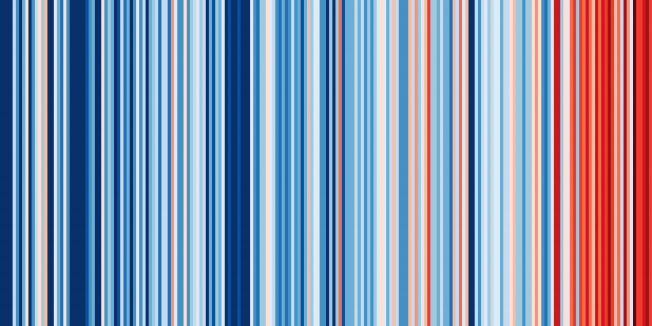Can a model weighting scheme be used to obtain skillful, reliable and seamless climate information for the next 1-40 years?
Copernicus Publications (2021)
Forecast-based attribution of a winter heatwave within the limit of predictability
Copernicus Publications (2021)
Decadal variability of the East Asian summer jet and its relationship to sea surface temperatures
Copernicus Publications (2021)
Forecast skill of autumn snow for European winter climate during the 20th century: A multi member seasonal prediction experiment
Copernicus Publications (2021)
How confident are predictability estimates of the winter North Atlantic Oscillation?
Copernicus Publications (2021)



